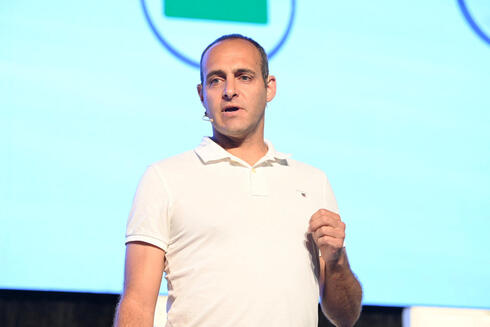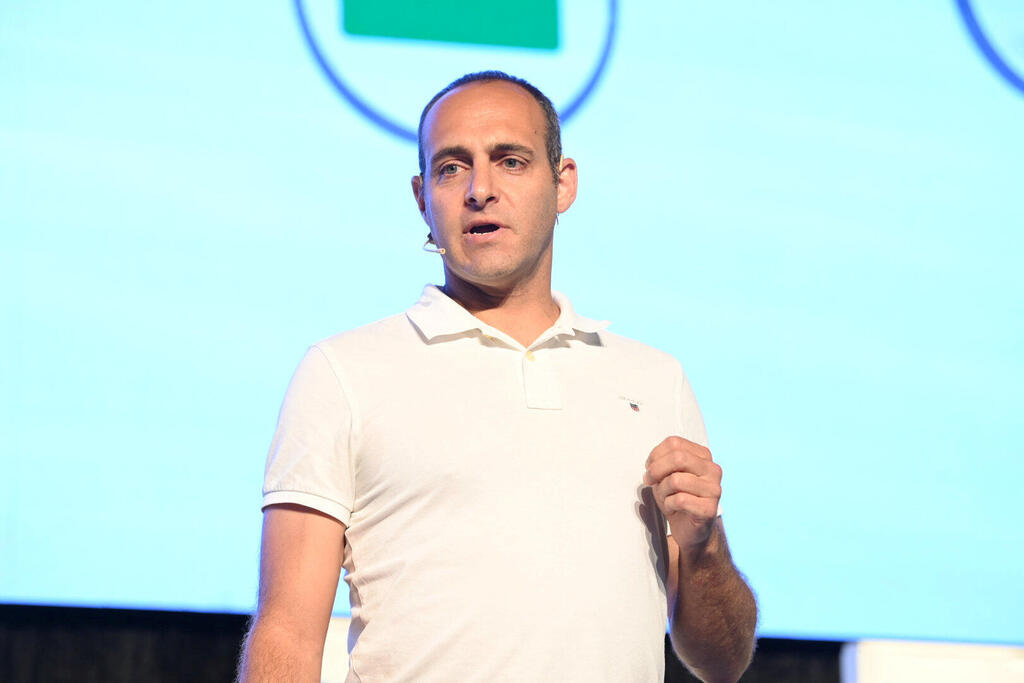
"AI helps consumers and brands be more specific, creative and productive"
Tal Snir, Director of Product Management at Google Shopping, demonstrated at the Google and Calcalist e-commerce conference how AI improves the visibility and quality of images, creates 3D graphics, and enables brands to produce catalogs where anyone can be the model.
"Artificial intelligence helps consumers and brands to be more specific, more creative, and more productive," Tal Snir, Director of Product Management at Google Shopping, said at the Google and Calcalist e-commerce conference.
Snir opened with specifics. "We see that the nature of search is changing. A typical Google search used to be simplistic, like 'headphones.' Google has made an effort to understand users as they are, but we have reached barriers, and people are still searching in a somewhat simplistic way. The latest language models have caused a leap. People now search less for 'headphones' and more specifically: 'inexpensive wireless headphones that are good for running, especially for listening to music.' This completely changes the interaction and the search results. Previously, users would do their research in one place and then go to buy; now, it becomes a more holistic and integrative journey."
Snir noted that Google sees a decrease in short shopping searches and an increase in longer shopping searches of three words or more. He demonstrated how this change reflects in shopping behavior: "We use the internet to find gift ideas. In the past, we would come across generic ideas, but artificial intelligence excels at generating gift ideas. We added the ability to say in natural language, 'gift ideas for an amateur chef who loves Italian food,' and then Google will cover the field, offering interesting categories and products available for purchase on various websites."
The second issue is creativity. "The technological tools that people have learned have also reached shopping. Why don't we all become amateur fashion designers? If we can dream it, we can buy it. Text can become an image that becomes a product available for purchase on websites. A user can describe what they want, Google produces four visual interpretations, and uses image search algorithms to find the existing products on the market."
The third issue is productivity. "In everything related to data, Google has improved the visibility and quality of images and the creation of 3D graphics from scratch. You can take generic images of a product and play with them using backgrounds and creativity, all in an easy way. For example, you can upload five still images of an item, and Google produces 3D representations."
Snir demonstrated the visibility of various body wear items using AI-generated models. "We are in a world where brands can create a catalog where we are the models. We chose 40 models with different body types, and Google created an algorithm that puts the clothes on the models. This feature is excellent for consumers who can look at someone they identify with, and it also helps manufacturers and brands create catalogs where each of us can be the model."
Snir demonstrated the visibility of various body wear items, using presenters dressed with AI. "We are in a world where brands can create a catalog where we are the models. We chose 40 models with different body types, and Google created an algorithm that puts the clothes on the models. This is an excellent feature for consumers who can look at someone they will identify with, and also helps manufacturers and brands who create a catalog that each one of us is the model."














